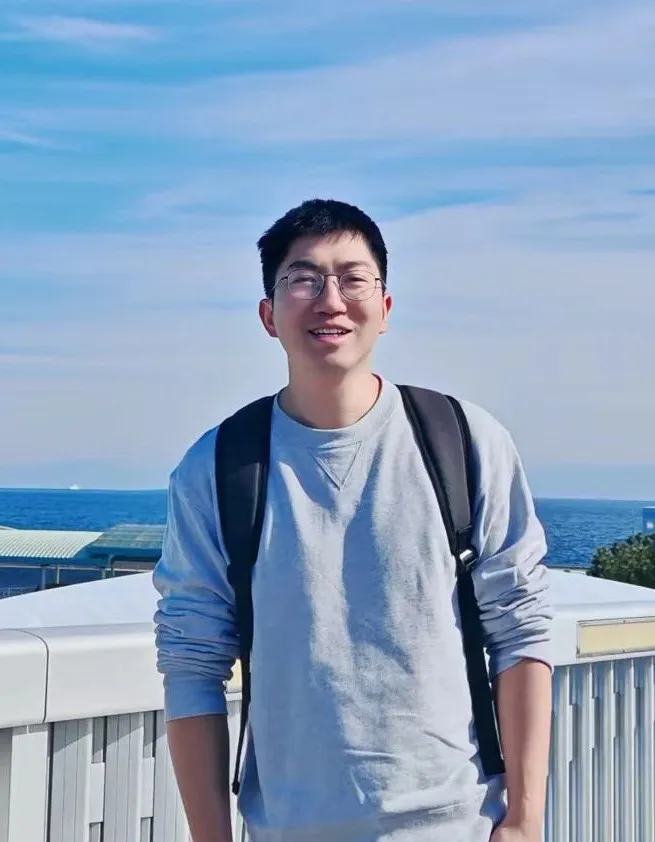
Lecture time
July 29, 2025 14:00-17:00
Lecture location
Conference Room 809, Building 1, Jinfeng Laboratory
Lecture topics:SuperSCC:single cell hierarchical clustering reveals cross-tissue conserved gene modules
Introduction to the speaker

Tang Feng is a postdoctoral fellow at Guangzhou National Laboratory and a researcher at Tian Luyi. He graduated from the University of Adelaide, Australia with a Ph.D. majoring in biomedical science at the University of Adelaide, Australia, focusing on data analysis and algorithm development of single-cell RNA sequencing and spatial transcriptomics. He is mainly engaged in innovative algorithm design and biomedical applications, committed to revealing the molecular mechanisms of complex diseases, and providing technical support for disease mechanism analysis and precision medicine. Currently, 5 SCI papers have been published as the first author.
Lecture introduction
Single-cell RNA sequencing (scRNA-seq) data analysis faces challenges such as batch effect interference, difficulty in resolving cell identity hierarchy, and complex identification of conservative gene modules across data sets. At the same time, traditional analysis processes often ignore the dynamic changes in cell states in pathological states, making it difficult to reveal the key cellular procedures in disease evolution. To address the above challenges, we developed a novel single-cell data analysis framework SuperSCC. SuperSCC integrates supervised feature selection, graph clustering and hierarchical merging strategies to accurately identify cell types and states without data integration, and realizes the discovery of cross-cohort gene modules, providing new ideas for the construction of complex tissue cell maps. This report is based on the newly developed SuperSCC algorithm of the research team. It uses pathological scenarios such as lung cancer and immune microenvironment as the research background to show its application results in cross-tissue conservative gene module mining, rare cell status identification and immunotherapy response prediction, providing more biologically significant analytical tools for disease research and precision medicine.
Lecture topics:Advancing sequencing-based
spatial transcriptomics with a comprehensive benchmarking study
Introduction to the speaker

You Yue, a postdoctoral fellow at Guangzhou National Laboratory and a researcher at the researcher at Tian Luyi. He graduated from the University of Melbourne, Australia with a Ph.D. majoring in biological sciences at the University of Melbourne, Australia. His research directions are single-cell multiomics algorithm development and spatial omics data analysis. He presided over 1 project for postdoctoral funding (on-site) of the National Natural Science Foundation of China and 1 project on the top. As the first or corresponding author in Nature Methods, Signal Transduction and Targeted Therapy, Genome Biology and other top international journals have published many papers.
Lecture introduction
Spatial transcriptomics is reshaping the space-time dimensions of life science research, but there are huge differences in resolution, capture efficiency and diffusion between technology platforms, and the lack of unified benchmarks has become a "bottleneck" link in method selection and algorithm development. Dr. Youyue published his first article on Nature The systematic research of Methods is the entry point to construct a reference tissue library covering the mouse brain, kidney, small intestine, etc. with a clear histological structure, and 11 mainstream sST technologies were horizontally evaluated in 35 groups of experiments, quantifying "molecular diffusion" as a core variable that affects effective resolution for the first time ; On this basis, a reproducible slice and permeation optimization protocol and open database genographix.com were developed to realize the standardization of the entire process from experimental design, parameter calibration to calculation and evaluation, and provide a "gold standard" and one-stop tool for the accurate identification of low-abundance rare cell states, cross-platform data integration, and subsequent spatial multi-omics technology iteration.
Everyone is welcome to actively participate